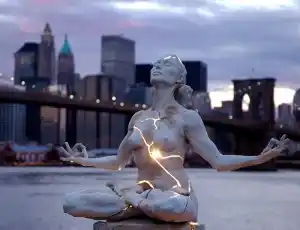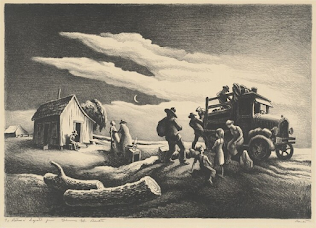Nihonga "Japanese Painting"
Nihonga Nihonga translates to "Japanese painting." The term was originated to distinguished differences between Japanese art from nonwestern style paintings. Nihonga began in the Meji period in 1880's through modern time. Nihonga was in response to the Meji period when the government became centralized by the emperor and not allowing people to pursue opportunities. The materials that are used are Japanese paper known as "washi" made from native paints and animal glue as adhesive for pigments. Okakura Tenshin and Ernest Fenollosa created Nihonga in 1889 it had a very big impact on Tokyo School of Fine Arts. Crow and Willow Tree, (1887)Kwanabe Kyosai The artwork is titled Crow and Willow Tree it was created by Kwanabe Kyosai on 1887 in Japan. In Japan the willow tree represents November and the crow represents guidance, good luck and gratitude. This artwork represents Japanese culture because we can see that it is Nihonga artwork. The brush strokes stand out t...

